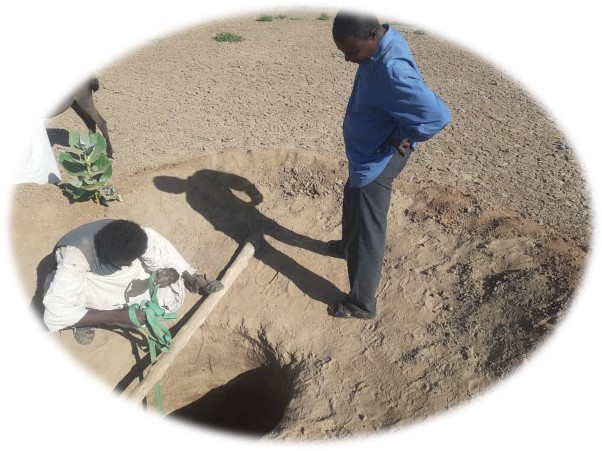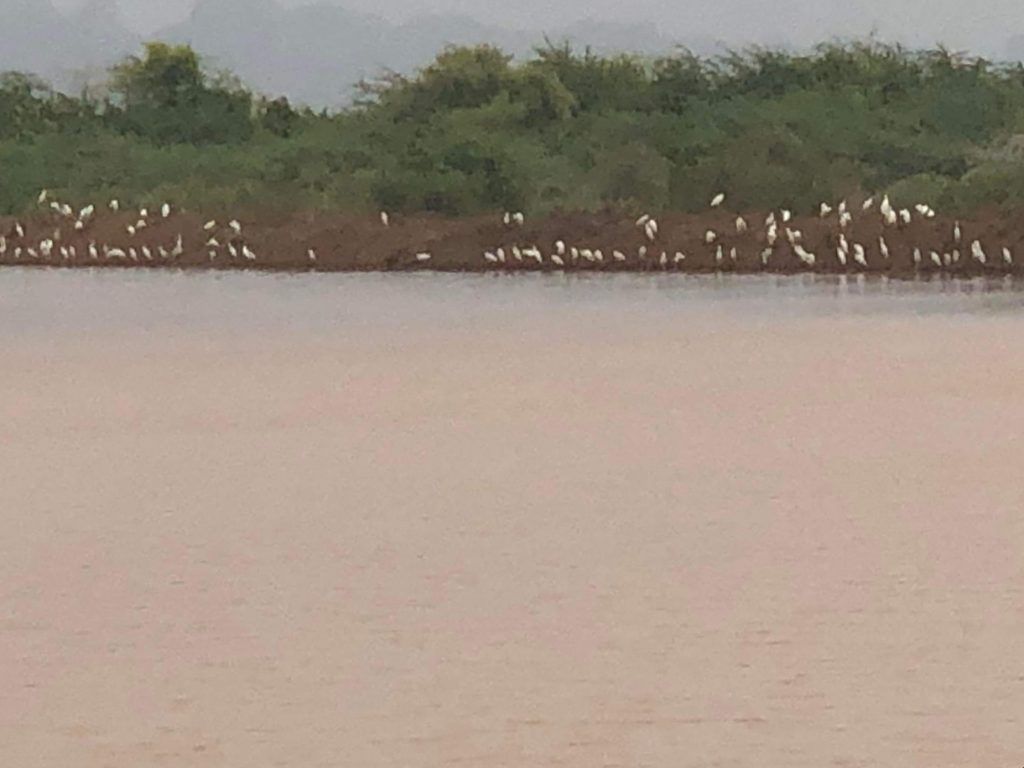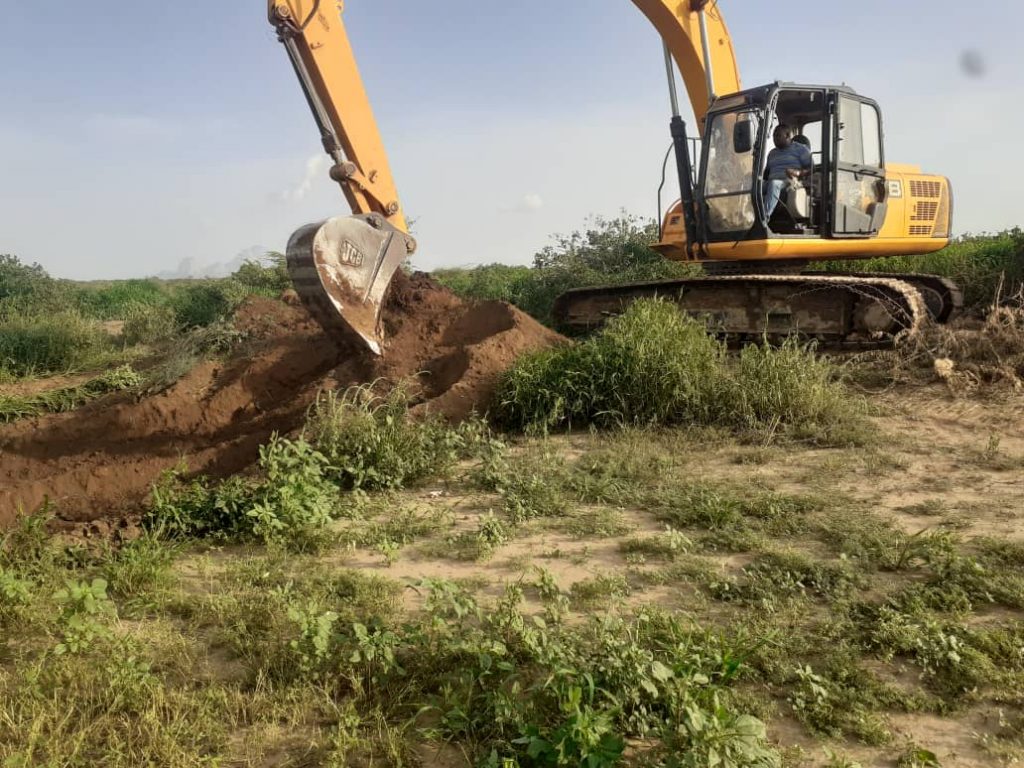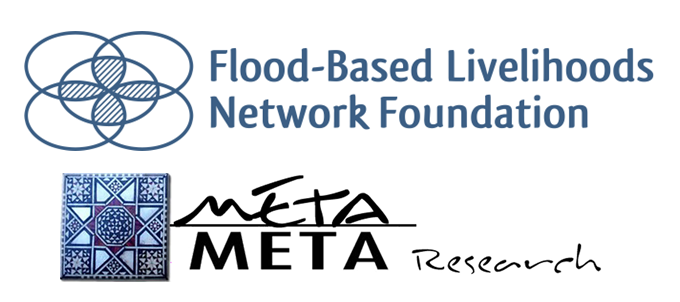

Dear readers,
We have prepared a new Newsflash for you full with updates from the network, including the newest resources and papers published. Feel free to share your feedback, news or ideas with us through info@floodbased.org.
Enjoy the reading!
Topics in this newsflash
- Article Cascade Reservoirs
- Updates from the Newarbi project – Pakistan
- Recent blogs on TheWaterChannel
- Podcast on the Pakistan Floods
- Hybrid DREAM Event on Flood Based Farming – Ethiopia
- Aerial pictures of Spate Irrigation
- Recharge Basin in Gash – Sudan
Article published on Cascade Reservoirs
Torrents play an essential role in water resources through rainfall in arid to semi-arid mountainous regions, serving large populations worldwide, and are also crucial in maintaining the downstream environment. The natural flows (floods, ephemeral flows) in arid hill regions result in potential hydrological fluctuations caused by climate change. However, the feasibility of eventual storage in remote hilly catchments would force a more sudden change. The current study was conducted in the lower part of the Khirthar National Range in the Sindh province of Pakistan, with the aim to explore spatial runoff storage sites for sustainable development to mitigate the impacts of climate change in arid areas.
The article “Cascade Reservoirs: An Exploration of Spatial Runoff Storage Sites for Water Harvesting and Mitigation of Climate Change Impacts, Using an Integrated Approach of GIS and Hydrological Modeling” has been published in Sustainability and can be accessed here.
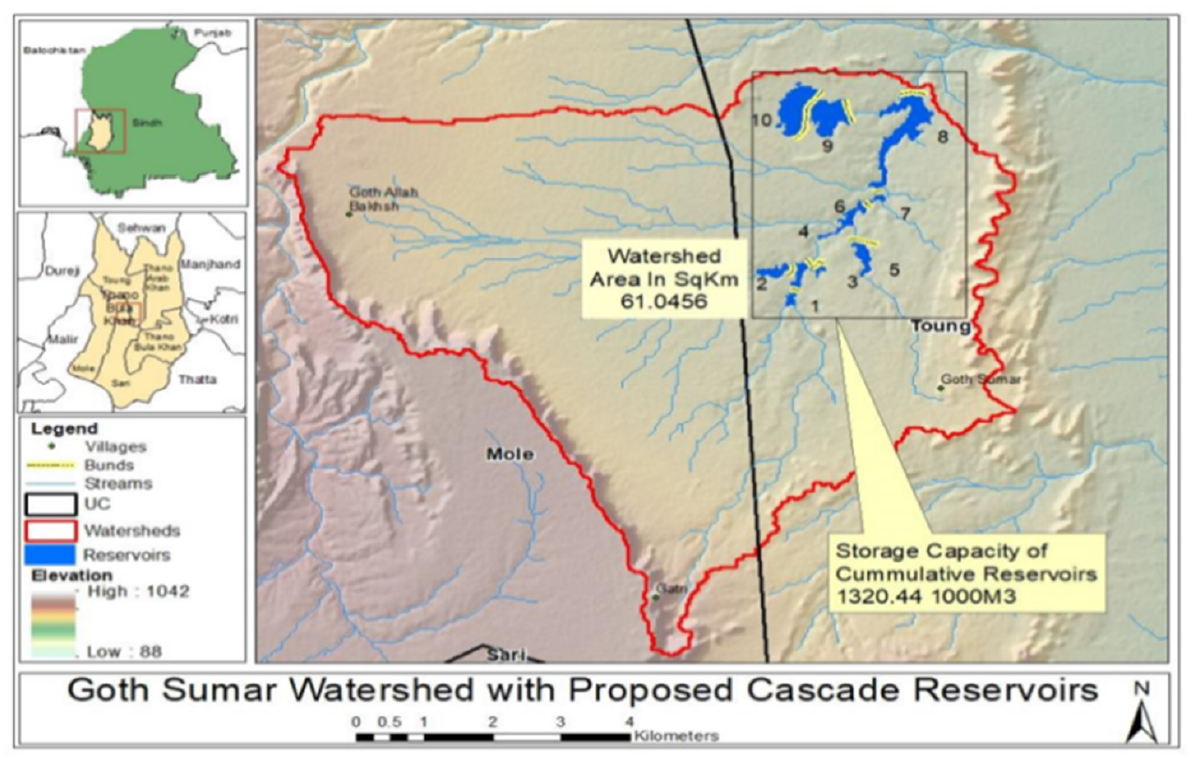
Updates from the Newarbi Project – Pakistan
As part of the ongoing spate irrigation project in Balochistan and Sindh (Pakistan) and in response to the 2022 floods, several activities have been carried out.
Crops harvested after the 2022 floods
When floods hit early in Nai Gaj, the Sindh project area, there was destruction and despair but also ample soil moisture when the floods withdrew. With the help of our Newarbi program sorghum seeds were mobilised for the area with the help of boats by the team of Research and Development Foundation (one of the project partners). Four months later (December) the sorghum is harvested providing a livelihood safety net in the otherwise badly hit area.
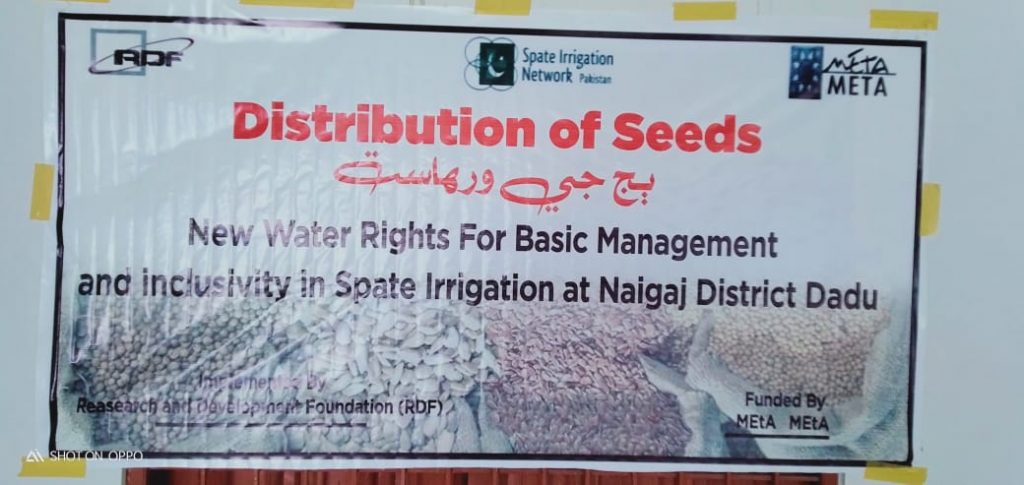
Similar initiatives were taken in the Kachi plains, Balochistan. In this fascinating video, in the Kachhi plains a lot of land has been cultivated using the moisture from the floods, also land that is never cultivated – you can see it from the uneven terrain. The team worked hard to get the rights seeds (arugula/rocket; chickpeas and wheat – in that order of appropriateness and timeliness) to the area, but the wheels of UN and aid agencies took time and they only delivered wheat seeds in small number. Fortunately farmers are resilient and they captured the opportunity – sowing arugula (akin to mustard) in half of the land (arugula needs no preparation, and 2-5 kg of seeds can serve one acre) taking local credits etc. Also a lot of people who had abandoned the area due to droughts for years came back for this windfall opportunity. Much food for thought on resilience.
The clip shows the fields in Kachi plains that were planted based on the moisture: https://youtu.be/N-HQxjz2hb8
Distribution of Relief Items
The project partner RDF, in response to the floods, carried out several activities including the distribution of relief items such as tents, water containers and food items. Also livestock vaccination campaigns were set-up, as livestock was in a weaker state, due to food shortage after the floods and lack of shelters.
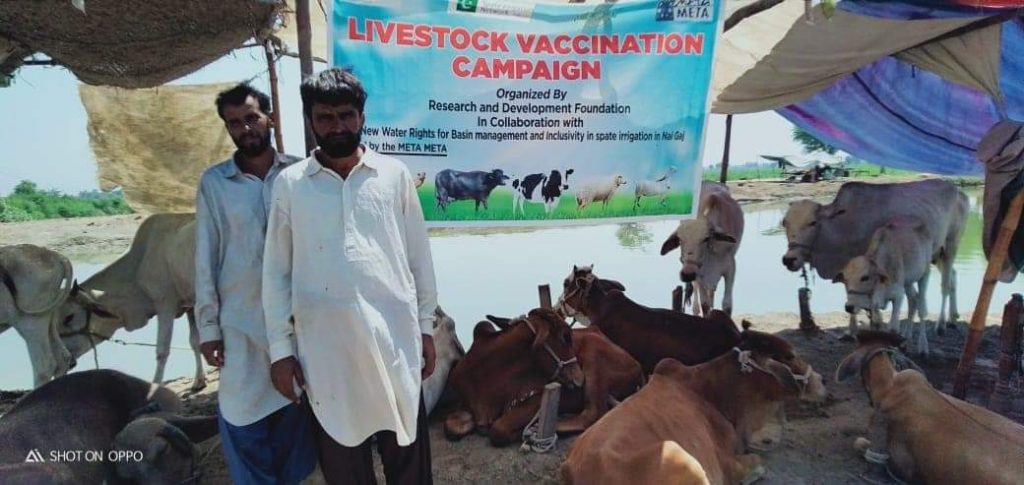
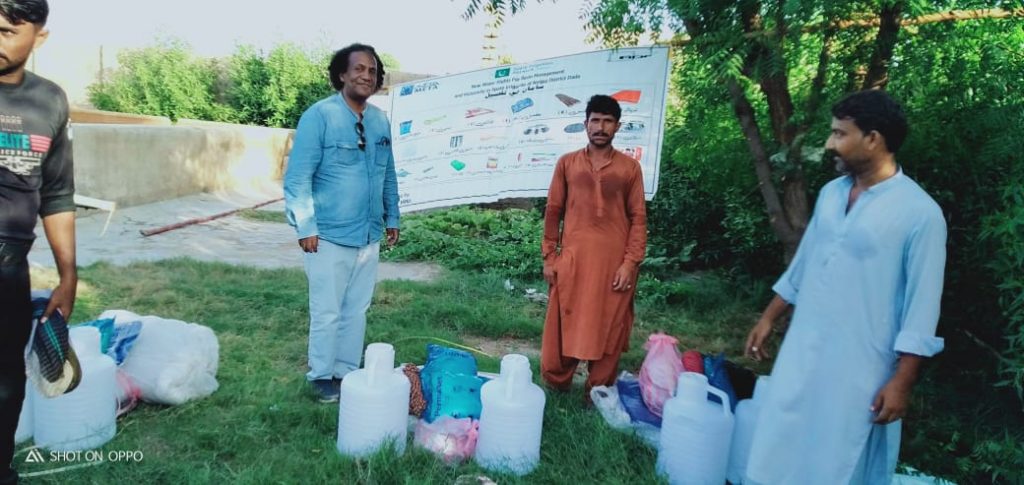
Construction of Sonwah Dam
Lastly, the project started with the re-construction of the Sonwah dam. This work on the Sonwah Dam prevents spate floodwater from escaping to the east . This large earthen dam is very vulnerable to breaches and as a result 25 villages and 20.000 ha were abandoned. Through the re-construction of the dam, we hope the 20.000ha will be brought back into live by reinforcing the vulnerable sections of the Sonwah Bund.
The picture shows the area visit with the community and the contracted contractor.
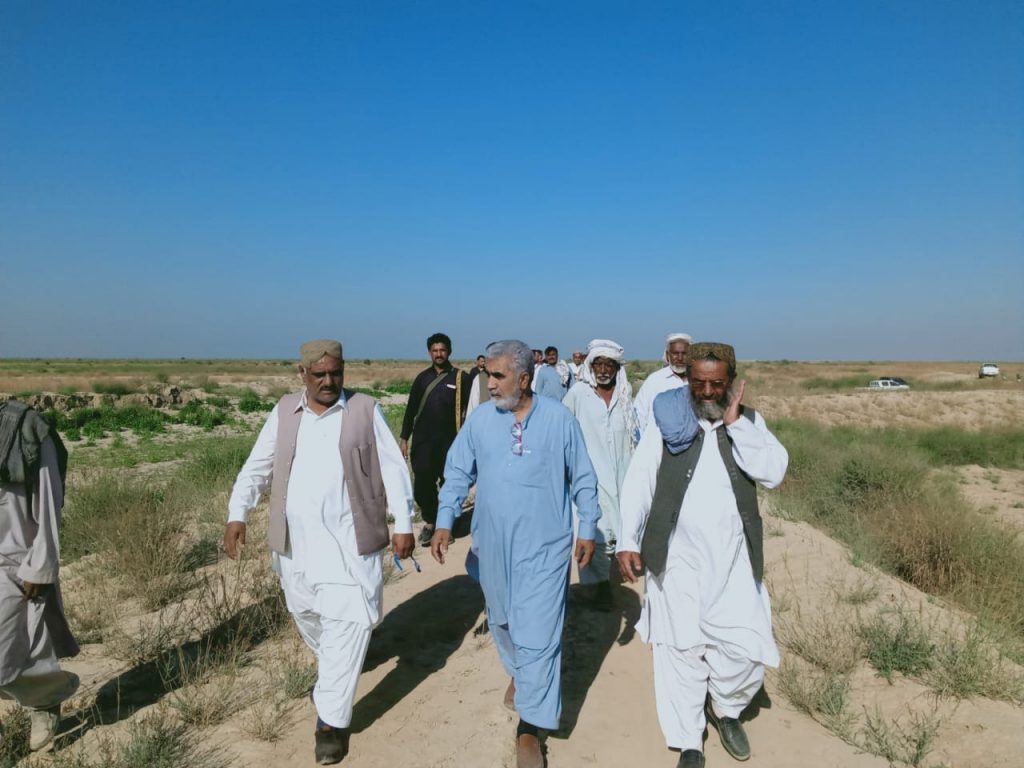
Recent Blogs on TheWaterChannel
Recently a number of blogs related to Spate Irrigation and Flood-based Livelihoods have been published on TheWaterChannel:
Water Wonders of the World: the mysterious Gabarbands – link
A series of blogs on flood-proofing the road network of Pakistan:
- Roads as flood shelters in Pakistan – link
- Roads for controlled drainage in Pakistan – link
- Roads for upland water retention in Pakistan – link
- The potential of causeways in ensuring accessibility of link roads in Pakistan – link
Laths – key to rebuilding livelihoods after the floods in spate irrigation – link
Podcast on the Pakistan Floods
In relation to the Pakistan Floods a Podcast has recently been published titled: ‘Understanding Pakistan Floods’
More than a third of Pakistan is under water since mid-June. The floods have left 1500 dead; more than 13,000 injured; 7.6 million displaced. Is this a freak hydrological event, or are we going to see more mega-floods in the future? To what extent are the floods an inevitable effect of climate change, and how much of the death and destruction was down to bad planning, preparedness, and water management? We discuss with Ilyas Masih and Micha Werner (IHE Delft Institute for Water Education, Netherlands) and Khuraam Mubeen (MNS University- Multan, Pakistan).
The podcast can be accessed through: – https://thewaterchannel.tv/thewaterblog/podcast-understanding-pakistan-floods/

Hybrid DREAM Event – Ethiopia
As part of the work of GIZ in the lowlands of Ethiopia under the Strengthening Resilience in Arid and Semi-arid Lowlands in Africa a Hybrid DREAM Event was organised recently. The event focussed on Flood Based Farming.
The lowland development policy of Ethiopia encourages farming as alternative development practice in the lowlands of the country. Though it has been practiced for ages farming in the lowlands faces many challenges ranging from soil fertility to extreme water problems (drought in one season and flood in the other). Besides the existing severe natural resource problems community members and experts living in relatively wet areas have attitudes that hinder the upscaling of farming practices in pastoral communities. They consider agriculture as highlander practices.
Various development actors tried numerous development models and research to improve the livelihoods of pastoralists and agropastoral communities in the lowlands of Ethiopia. Ministry of Agriculture and Ministry of irrigation and lowlands in collaboration with development organizations, universities, and research institutes researched farming practices, including identifying suitable crop types, fodder production, and water management. In addition, the government of Ethiopia is declaring the success of cluster wheat farming in the country, including similar farming practices in the Somali region.
This hybrid event focussed on the following main topics. The current good farming practices, challenges, and proposed solutions will also be discussed.
- Suitable crop type selection based on the soil type, weather condition, and water/moisture availability
- Fodder production, introducing potential new fodder plants i.e Guar,
- Flood based farming
The proceedings are available here. Proceedings
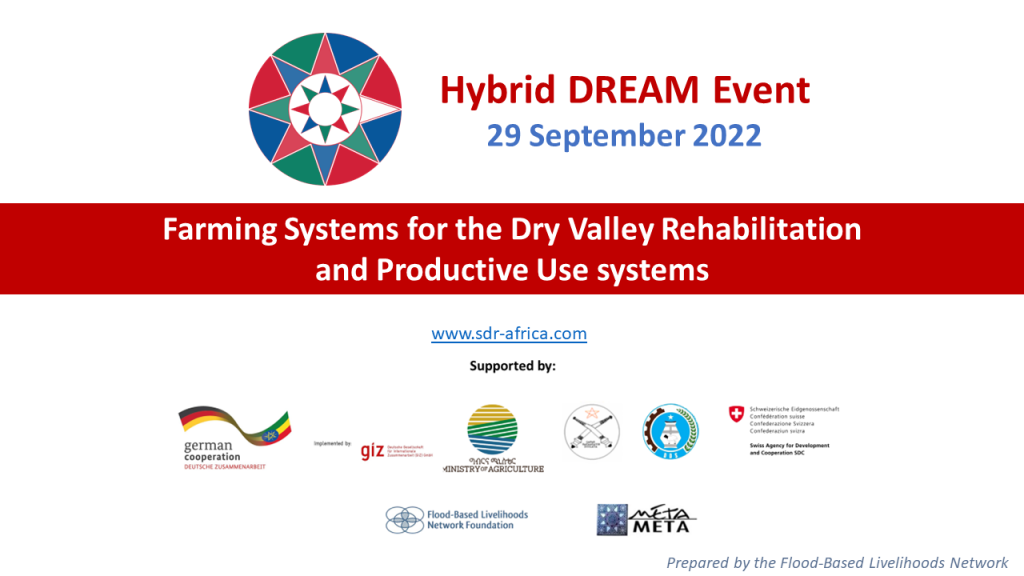
Aerial Pictures of Spate Irrigation Systems – Makran, Pakistan
We are sharing two beautiful areal pictures of the (temporarily) abandoned spate systems in Makran, Pakistan. Makran is a semi-desert coastal region of Balochistan.
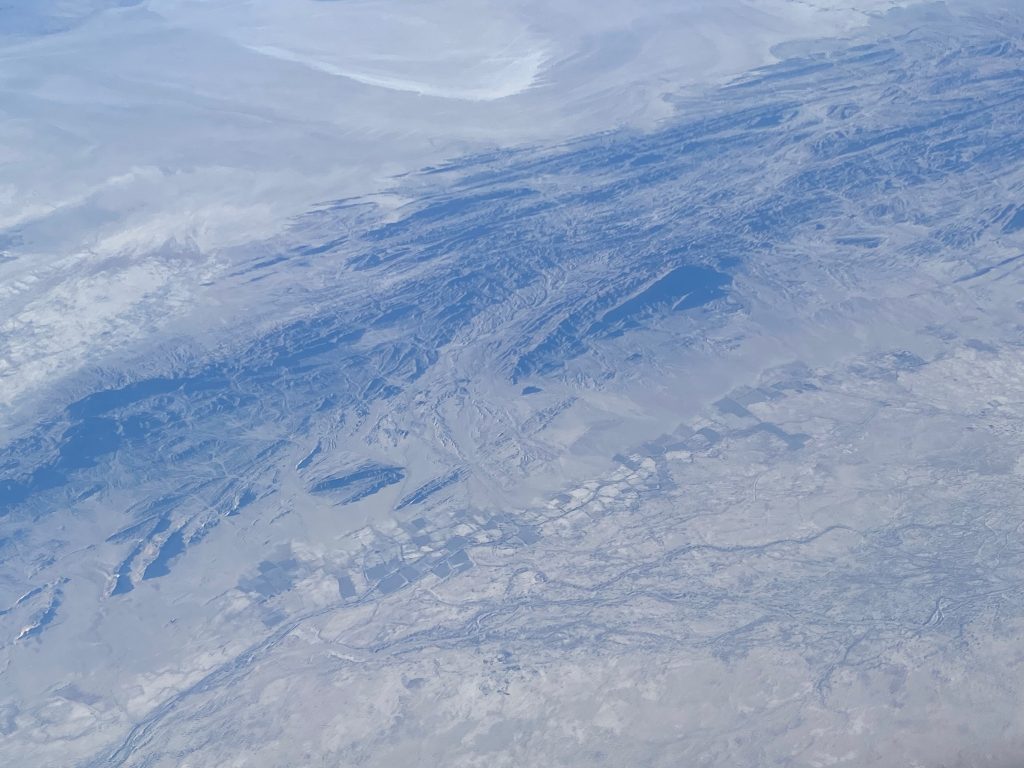
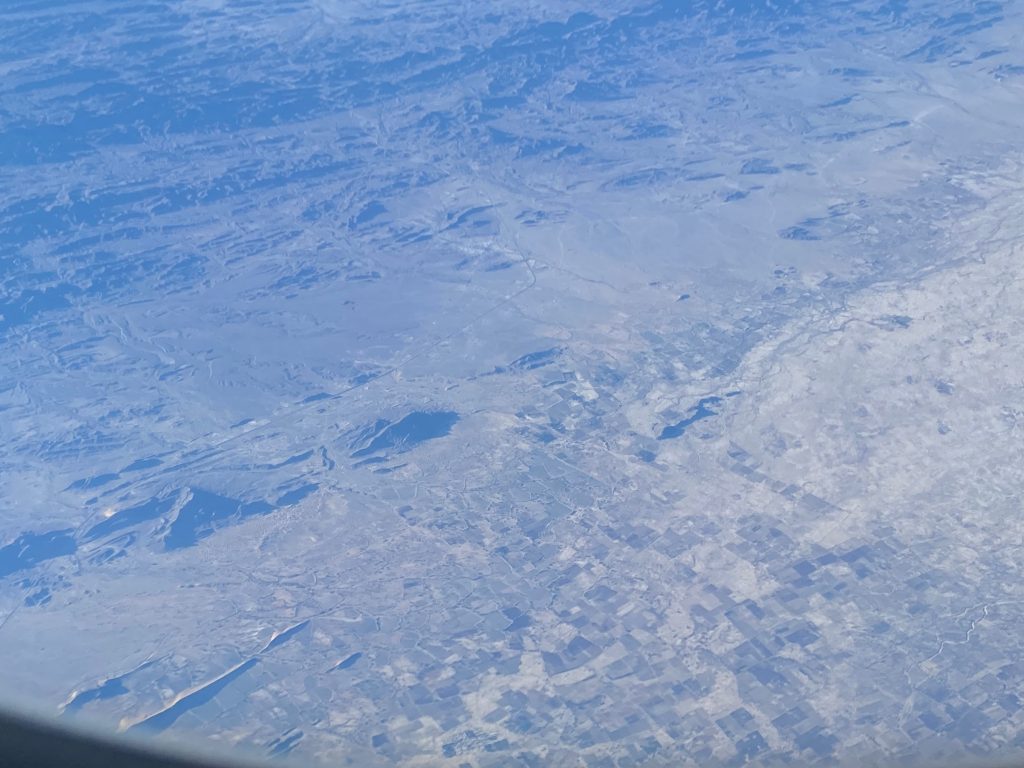
Recharge Basin Gash – Sudan
In the Gash, a major Spate Irrigation system in Sudan, the Gash – Sudan Project achieved 1st milestone. The 84000 m3 recharge basin is nearly complete and filling-up with water – birds have flocked to celebrate the rebirth of life, now that the water is filling the basin. Approximately 2000 households are expected to have access to improved drinking water supply by digging shallow wells once the water infiltrates and recharges the shallow aquifer.
This project is an interesting example of how a recharge basin can lead to the local raising of the groundwater level, bringing the water within reach of shallow wells, which in turn become a secure supply of domestic water for the households in the area.
The basin had been constructed in the past, but was completely silted and out of use.
